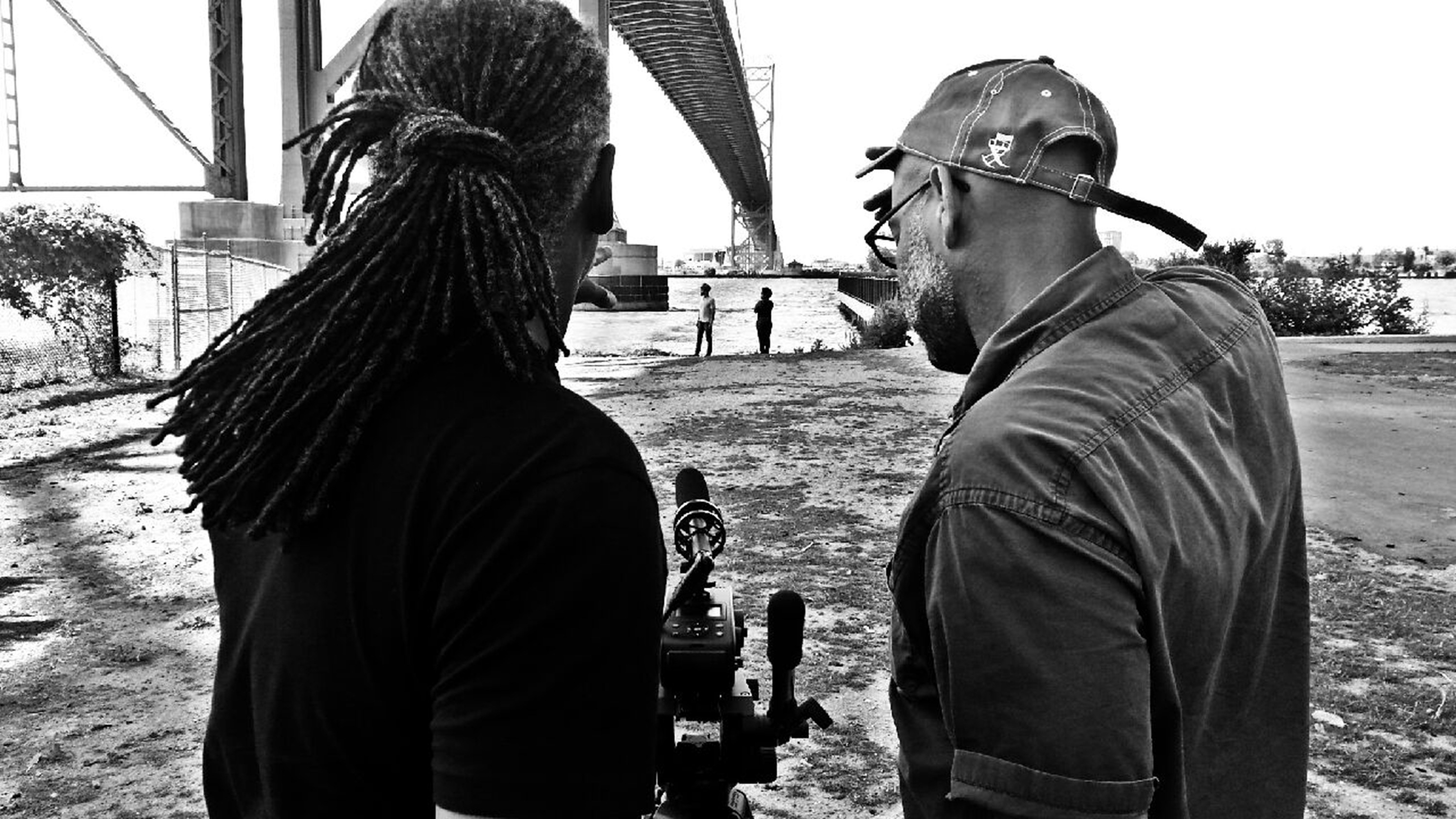Kevin Jerome Everson
Thousandsuns
Cinema
Kevin Jerome Everson ©Sandy Williams III
Rhinoceros, 6.5 min, 2012
Rhinoceros is an imagined staging of the last speech of the first Duke of Florence, Alessandro de’ Medici (1510–1537), also known as the first Black European head of state due to his mixed Italian and African ancestry. For de’ Medici’s speech, Rhinoceros uses one of the last communiqués of Mummar al-Gaddafi, then recently deposed as head of the Libyan state by the Arab Spring. Once staunchly anti-imperialist, Gaddafi’s last years were marked by new political and economic relations with Western nations, notably the 2008 “friendship treaty” orchestrated with then Prime Minister Silvio Berlusconi. By having de’ Medici speak the words of one of the most polarizing African leaders of the last forty years, Rhinoceros merges the politics of early modern Italy with the country’s colonial legacies in north and east Africa. – Shelleen Greene
Second and Lee, 3 min, 2008
Second and Lee is a cautionary tale about when not to run. It uses archival reportage and voiceover recollection to trace through repetitive corridors of presumption, justice, and judgment.
Stoplight Liberty , 2 min, 2013
Stoplight Liberty focuses on a single intersection in Columbus, Mississippi.
Stone, 6.5 min, 2013
Kevin Jerome Everson’s single-take film of a street hustler’s sleight-of-hand game takes its place in a rowdy crowd of onlookers. The camera stays focused on the man’s fleet fingers while the audio is glued to his gift of gab: “Keep your eyes on that little red dot if you want to win cold cash money on the spot.” Every bit the performer, the hustler makes us wonder whether the film itself might be a kind of shell game (with the seemingly raw immediacy of the shot concealing its artistic intentionality). – Max Goldberg
Grand Finale, 5 min, 2015
Grand Finale was shot in Windsor, Ontario during a residency at Media City Film Festival in 2014. Founded by Walter Perry, Emancipation Day was celebrated in Windsor every August 1 from 1932–1967 to mark the anniversary of British Parliment’s abolishment of slavery in 1834. Also known as The Greatest Freedom Show on Earth, the festival was large enough at one time to double the city’s population, drawing civil rights leaders such as Benjamin Mays, Martin Luther King, Mary Bethune, and Fred Shuttlesworth, along with musicians including Duke Ellington, The Supremes, and Stevie Wonder. As Emancipation Day became increasingly associated with the Freedom Movement across the border, the Windsor Police Department and city council began to push against the event, eventually culminating in its cancellation in reaction to the Detroit rebellion in 1967. The annual Detroit River Fireworks is one vestige of this important annual gathering, which continues to take place above the mile-wide river between the United States and Canada. Here KJE captures its grand finale.

Kevin Jerome Everson, arguably one of the most prolific, and important experimental filmmakers currently working, is an artist who thinks through the particular problems of cinema by making it. His tireless output exemplifies American painter and film critic Manny Farber’s description of “termite art” as having “no sign that the artist has any other object in mind other than eating away the immediate boundaries of his art, and turning these boundaries into conditions of the next achievement.” Everson’s films, light and deeply affective, are never not alive: each new film surprises. His themes, though clearly identifiable, are never forced; they emerge organically through the course of his work. Everson’s oeuvre is one of the most significant records of contemporary African American life. – MOCA
Films, stills and photographs courtesy ©Madeleine Molyneaux, ©Kevin Jerome Everson; trilobite-arts DAC; Picture Palace Pictures.







